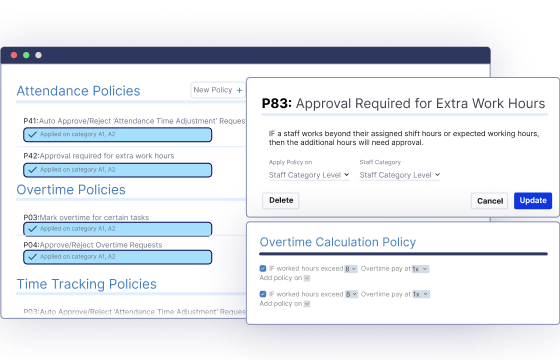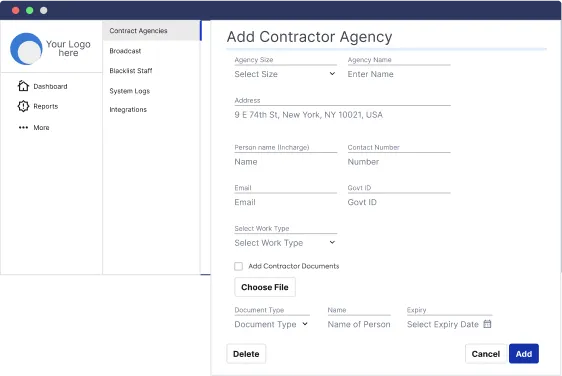Prevent Revenue Leaks
Avoid irregularities like Buddy punching, wrong clock-ins, calculation errors, reconciliation issues, and more to stop draining your profit.
Save HR Hours
Boost HR efficiency with 70+ customizable policies that automate processes and enhance workforce productivity. Reduce late arrivals and minimize unplanned absenteeism.
Optimize Workforce Utilization
Automate shift scheduling, manage weekly off rotations, job mapping, and use analytics to make more informed business decisions.
Simplify Scheduling
Effortlessly assign shifts and manage job schedules across locations and teams, eliminating conflicts and last-minute adjustments.
Ensure Compliance
Customize policies for attendance, breaks, overtime, shifts, and other regulations to align with local laws and company rules, minimizing risks and ensuring smooth operations.


















.webp)





.png)





































































%20Jumia.jpg)











.webp)



































